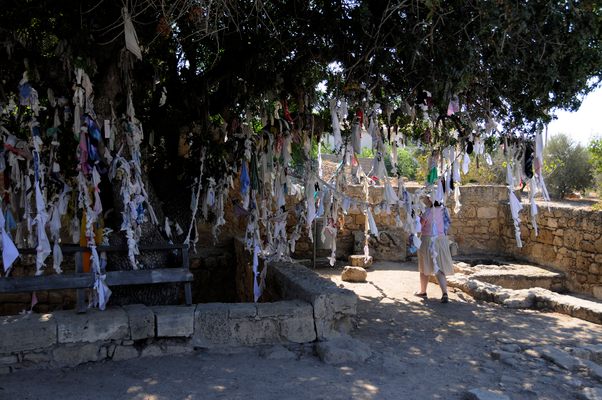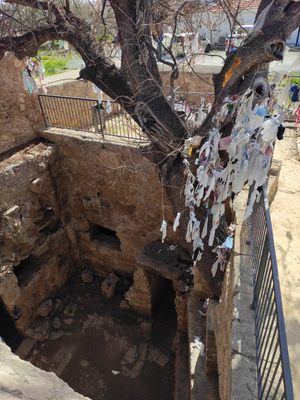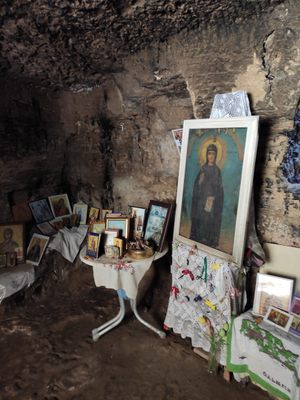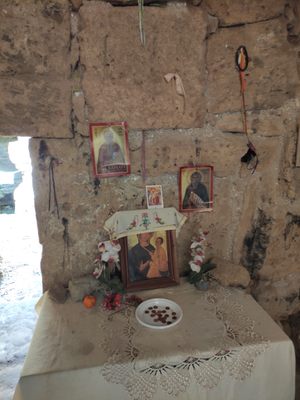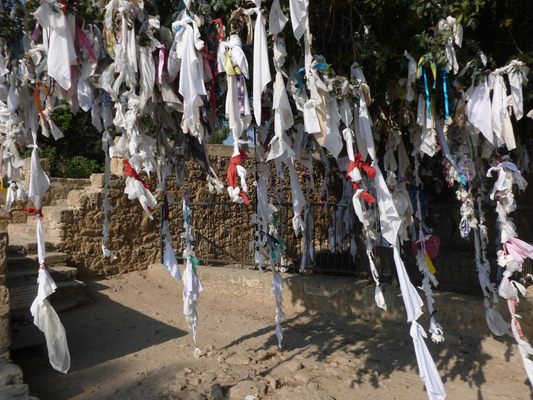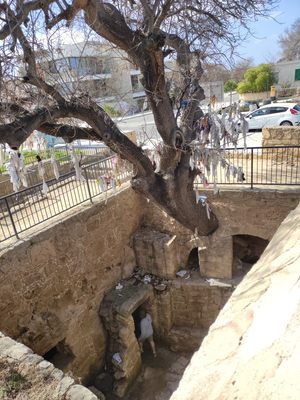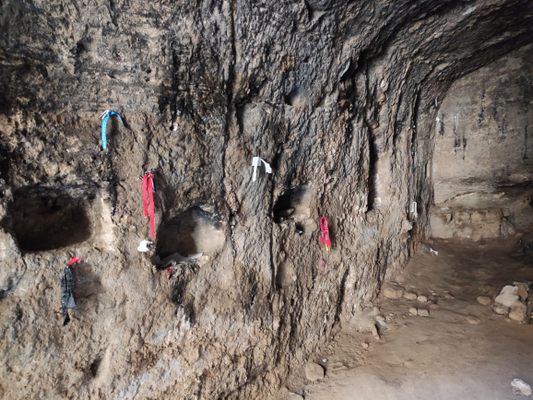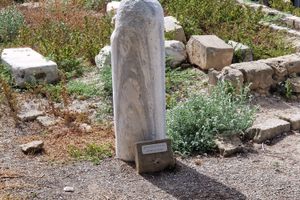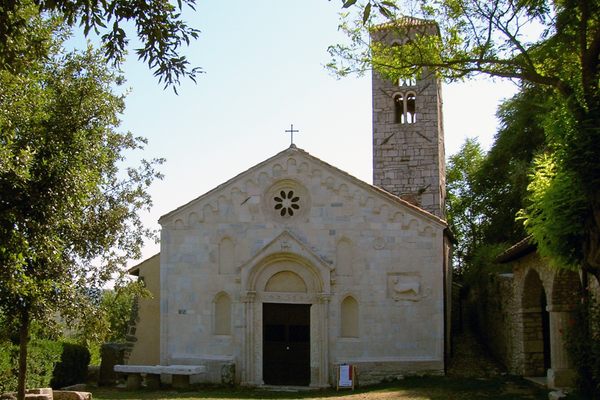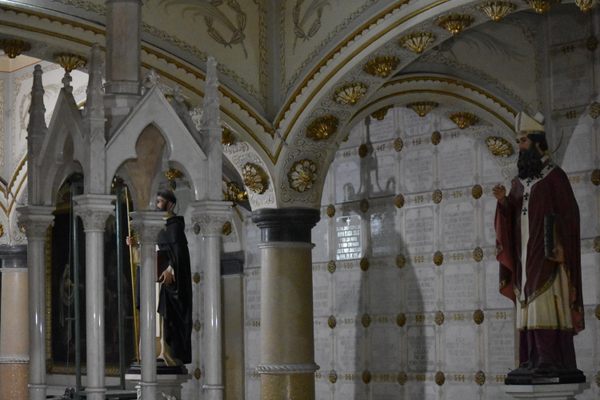About
Under the protective boughs of a huge Terebinth tree lies a small underground chapel and catacombs that date back to the Hellenistic period. Dedicated to Agia Solomoni, this site was a popular pilgrimage in medieval times and was called the Chapel of the Seven Sleepers, or the Seven Maccabees after Solomoni's seven sons who were said to have died at the hands of Roman soldiers.
Located in Kato, Paphos, the site consists of an open courtyard surrounded by five rooms carved into the rock, one of which has a freshwater spring. The tree itself grows out of the stone complex, making the place look rather otherworldly.
Long before this site was built upon and became affiliated with Christianity, the cave may have been a sacred place of worship to honor the spring water and tree in association to an ancient local deity. The Terebinth's Hebrew name is Elah or Elat, which derives from the word El, or god. Elah is the feminine form of that word and means "goddess." This is perhaps an ancient location of the Mother goddess Aphrodite, who was much revered by the ancient Cypriots, particularly in Paphos. (Part of her origins actually came from the Levant.)
The Terebinth was said to be immune from fires and ancient pagans often performed funerary rituals, as well as offerings to deceased loved ones, and burned incense under it for the gods. Being a fruitful flowering tree that is part of the pistachio family and creates a resin we use today for essential oils and turpentine it was considered to have magical associations to both death and fertility. As a result, it is considered a symbol of the sacred feminine, a tree of life and rebirth.
By the 9th century, a Christian church was built over the sacred site and became associated with Saint Solomoni. Her seven sons were killed during the persecution of the Jews in 168. Saint Solomoni was reported to have taken refuge under the Terebinth tree to escape the Romans, but they walled up the cave and left her to starve to death in the dark. Miraculously, when the cave was opened 200 years later, Agia Solomoni is said to have walked out alive. She renounced her old beliefs and is considered one of the first to reject paganism and began following the Christian faith. This story could very well be early Christian propaganda attempting to convert the site by merging a saint with a pagan goddess in order to convince locals to abandon their old gods and follow the Christian faith.
Local lore still considers the tree and water to be holy. To this day the pagan practice of tying rags on the tree is a popular custom. The tree is sometimes called the "Hankie tree" or "Wishing tree." People tie cloth to its branches asking for blessings, wishes to be granted, and cures—particularly the healing of eye problems. There is a kiosk nearby where you can purchase handkerchiefs if you'd like to leave an offering or make a wish.
Inside the chapel and catacombs there are a plethora of rags, icon paintings, and religious objects decorating the walls as well as remnants of 12th-century Christian wall paintings and names of 13th-century Crusaders are among the graffiti cut into the stone.
Related Tags
Know Before You Go
The lowest part at the base of the chapel has a set of steep stairs. Be careful when entering this place from bright sunlight by allowing your eyes to adjust first to the darker space. There is a water-filled cave and deep well, which is potentially dangerous so be careful and keep a distance.
Published
March 29, 2024
